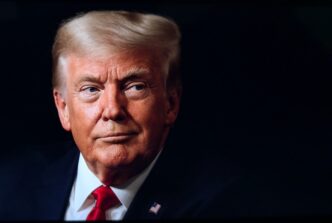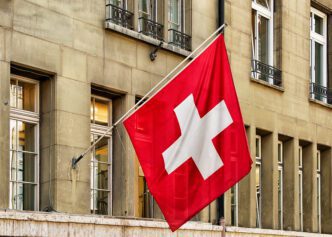In a significant escalation of his public pressure campaign against the nation’s central bank, President Donald Trump is scheduled to visit the Federal Reserve in Washington on Thursday. The visit, framed as an inspection of the Fed’s costly building renovations, represents a direct and highly unusual confrontation with Fed Chairman Jerome Powell, whom President Trump has relentlessly pushed to slash interest rates to stimulate the economy ahead of an election year.
An Unprecedented Confrontation at the Fed
President Trump’s planned visit to the Federal Reserve marks a dramatic departure from the long-standing tradition of respecting the central bank’s political independence. While past presidents have privately disagreed with Fed policy, President Trump has made his criticism public, sustained, and intensely personal.
The White House has leveraged the rising costs of the Fed’s headquarters renovation as a public justification for its scrutiny. This focus provides a tangible pretext for administration officials, and now the president himself, to question Chairman Powell’s leadership and fiscal management directly.
The Renovation Controversy
The Federal Reserve has been undertaking a major overhaul of its historic Marriner S. Eccles Building and an adjacent structure in Washington, D.C. The project’s cost estimate has grown substantially, from an initial $1.9 billion to approximately $2.5 billion.
This increase has been attributed to factors including post-pandemic inflation, which has driven up the price of building materials and labor nationwide. However, President Trump has seized on the new figure, calling the expenditure “disgraceful” and suggesting it could be a justifiable reason to fire the Fed chair.
The Real Fight: Forcing the Fed’s Hand on Rates
While the building’s cost is the stated focus, the core of the conflict lies in a fundamental disagreement over monetary policy. President Trump has repeatedly and vocally demanded that the Federal Reserve lower its benchmark interest rate to boost economic growth and reduce the federal government’s borrowing costs.
Chairman Powell and the Federal Open Market Committee (FOMC) have resisted these calls, holding the key interest rate steady at 4.3% this year. The Fed’s rationale is to maintain a cautious stance, assessing the economic impact of global uncertainties and President Trump’s own tariffs on imports, which some economists believe could fuel inflation.
This cautious approach has clearly infuriated President Trump, who views the Fed’s policy as a direct impediment to his economic agenda. Despite the pressure, the Fed is widely expected to hold rates steady again at its upcoming meeting, likely deepening the rift.
Challenging a Pillar of Economic Stability
The principle of an independent central bank is a cornerstone of modern economics, designed to protect long-term financial stability from short-term political whims. By insulating monetary policy from politics, the Fed can make unpopular decisions, like raising interest rates to fight inflation, without fear of immediate political reprisal.
President Trump’s actions—including calling for Powell’s resignation, publicly insulting him, and now making a personal visit to the institution—shatter these established norms. Critics argue this behavior risks eroding public and market confidence in one of the world’s most important financial institutions.
The Powell Appointment and Tenure
The dynamic is made more complex by the fact that President Trump himself appointed Powell to lead the Fed during his first term. Powell, a Republican, was later reappointed to a second term by President Joe Biden, a Democrat, in a move seen as an endorsement of his steady leadership.
Chairman Powell’s current term does not expire until May of next year, and he has consistently stated his intention to serve his full term. While President Trump has floated the idea of firing him, the legality of removing a Fed chair for policy disagreements is highly questionable and would likely face significant legal and political challenges.
Economic Shockwaves and Political Calculations
The sustained campaign against the Fed carries significant risks for the U.S. and global economies. Financial markets thrive on predictability and stability, and the perception of political interference in monetary policy could trigger severe volatility. An attempt to oust a sitting Fed chair would almost certainly send shockwaves through markets, potentially causing the very economic turmoil President Trump seeks to avoid.
Even within President Trump’s circle, there is not universal agreement on the strategy. Scott Bessent, the Treasury Secretary whom President Trump has suggested could replace Powell, recently defended the chairman in an interview, calling him a “good public servant” and stating there was no reason for him to step down.
Ultimately, President Trump’s visit to the Federal Reserve is far more than a simple building tour. It is a calculated and confrontational act, signaling a willingness to breach long-standing political norms in pursuit of his economic policy goals, with potentially far-reaching consequences for the nation’s financial system.








